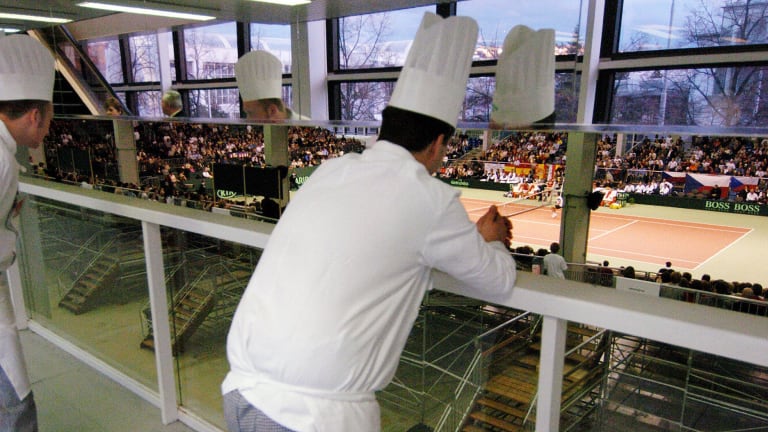Tennis' culinary & culture connection with food writer Andrew Friedman
By May 30, 2020The Business of Tennis
Co-founder Novak Djokovic exits PTPA: "My values and approach are no longer aligned"
By Jan 04, 2026United Cup
United Cup, Day 4 Preview: Iga Swiatek debuts, while Coco Gauff, and her serve, face a new foe
By Jan 04, 2026Facts & Stats
Happy birthday, Hsieh Su-wei! 40 stats for the Taiwanese trailblazer's 40th birthday
By Jan 04, 2026Brisbane, Australia
Joao Fonseca delays 2026 debut, withdraws from Brisbane with lower back injury
By Jan 04, 2026Social
Arthur Fils gives health update with launch of new YouTube channel
By Jan 04, 2026United Cup
Emma Raducanu's status for United Cup "up in the air" after withdrawal from Naomi Osaka match
By Jan 04, 2026United Cup
Iga Swiatek downplays 2025 "Battle of the Sexes", asserts "women's tennis stands on its own right now"
By Jan 03, 2026United Cup
United Cup, Day 3 Preview: Zverev-Griekspoor, Paolini-Bencic, Cobolli-Wawrinka on tap
By Jan 03, 2026United Cup
"Super happy to have that on my resume": Casper Ruud upstages Alex de Minaur in United Cup win
By Jan 03, 2026Tennis' culinary & culture connection with food writer Andrew Friedman
In “Chefs, Drugs and Rock & Roll,” Friedman reveals how, like many tennis pros before the Open era, chefs labored in obscurity for years until the transformative late 1960s and ‘70s.
Published May 30, 2020
Advertising

Tennis' culinary & culture connection with food writer Andrew Friedman
© AFP via Getty Images
Advertising

Tennis' culinary & culture connection with food writer Andrew Friedman